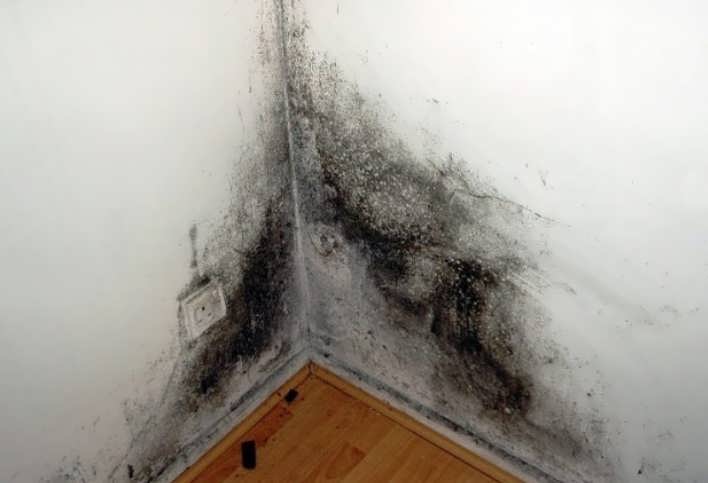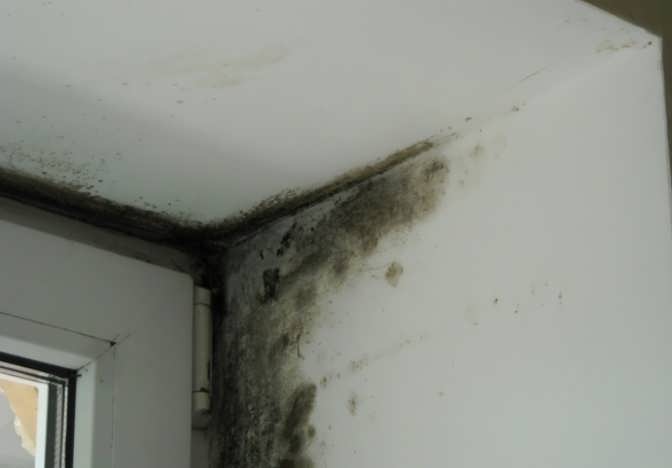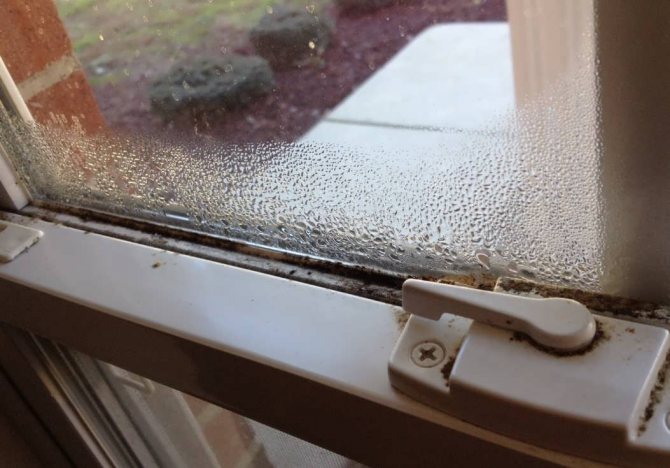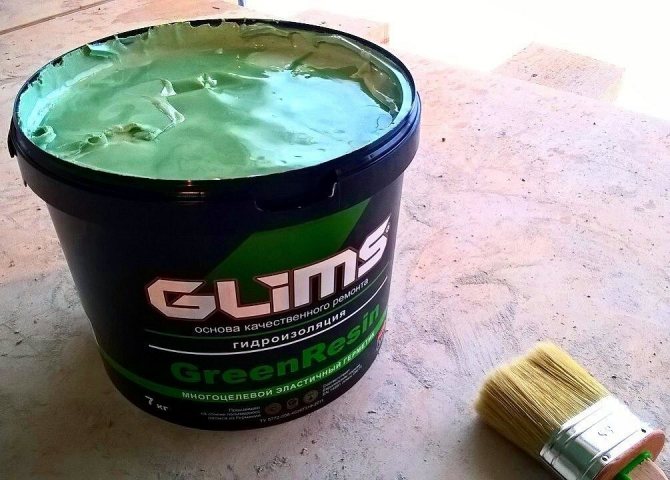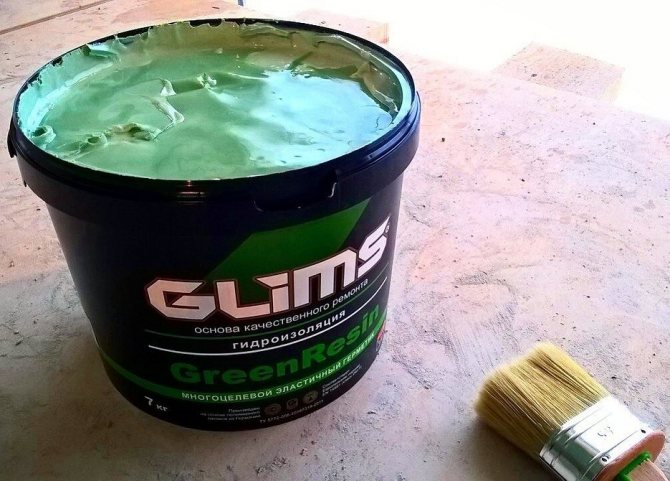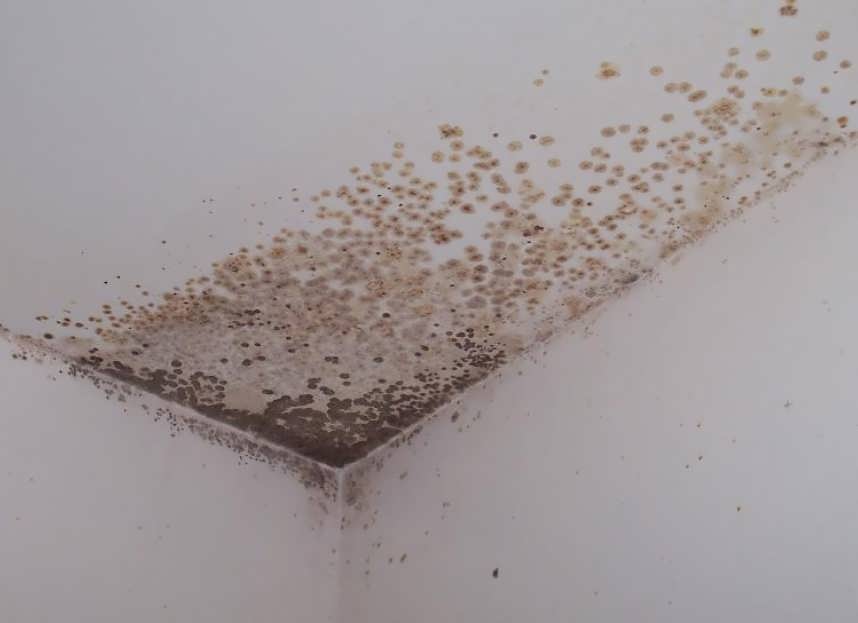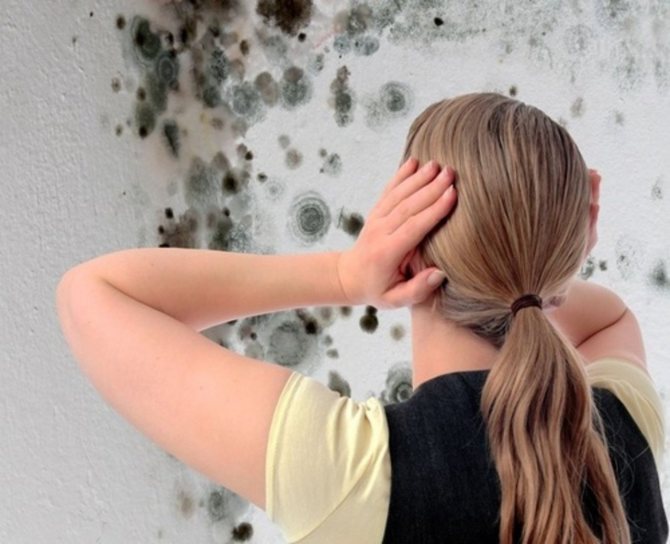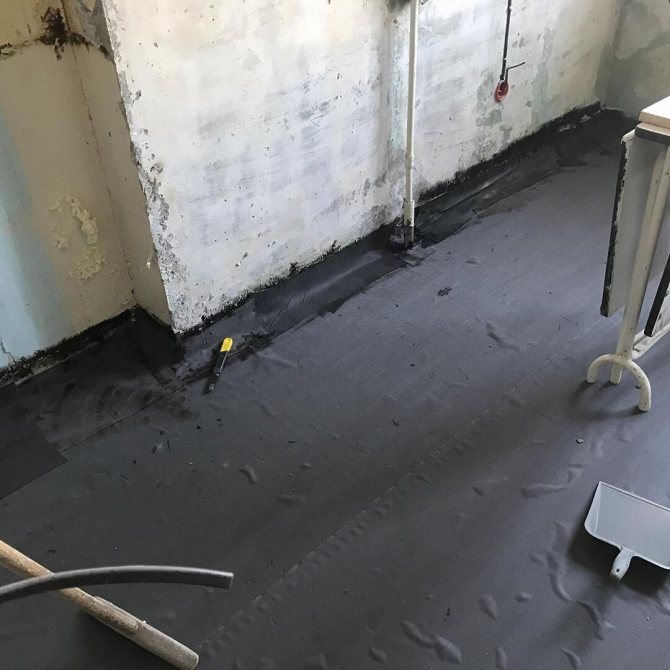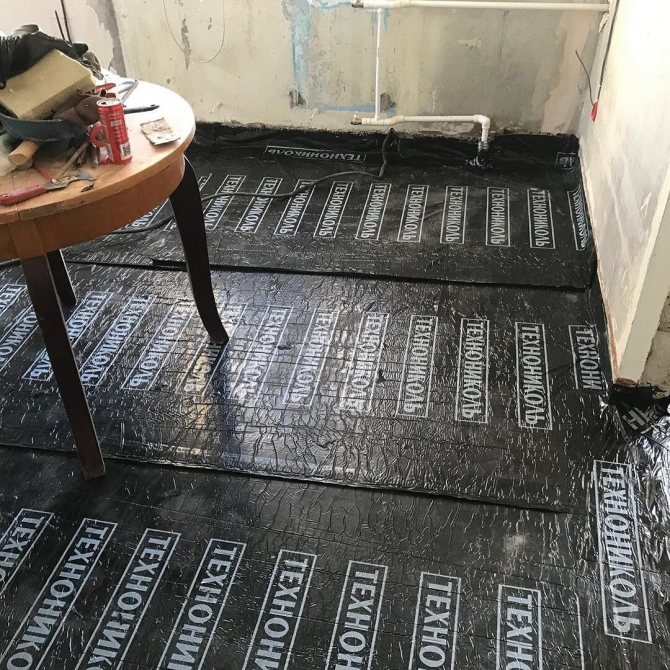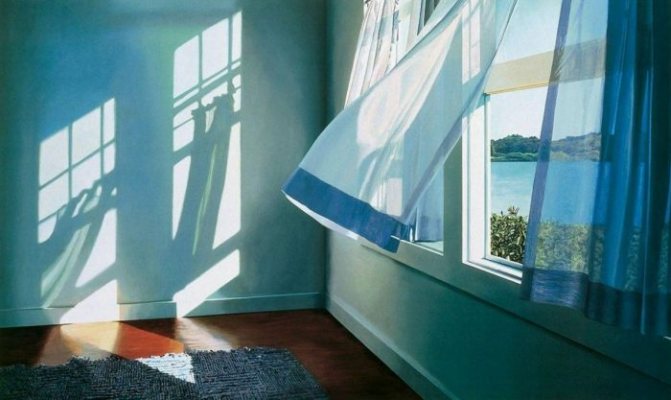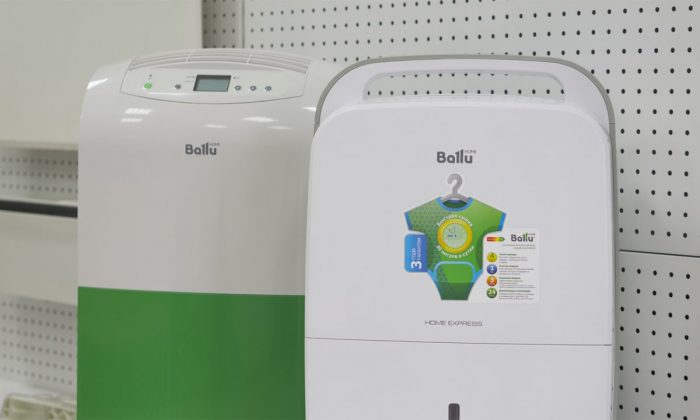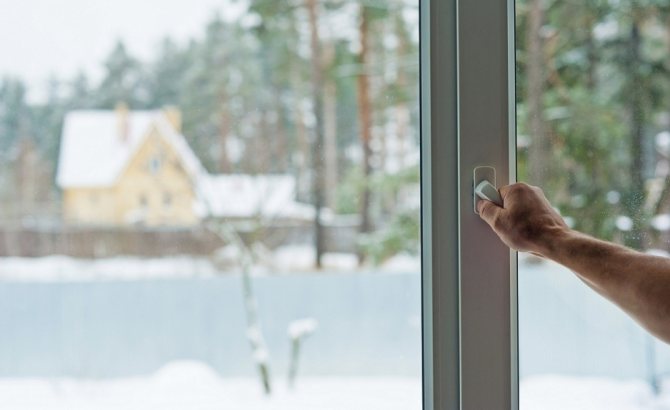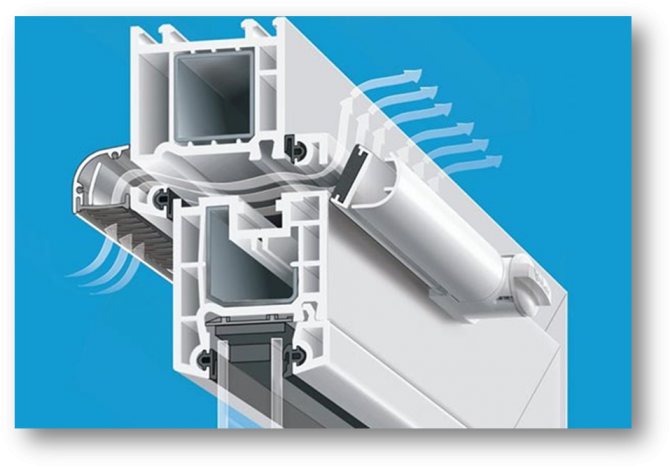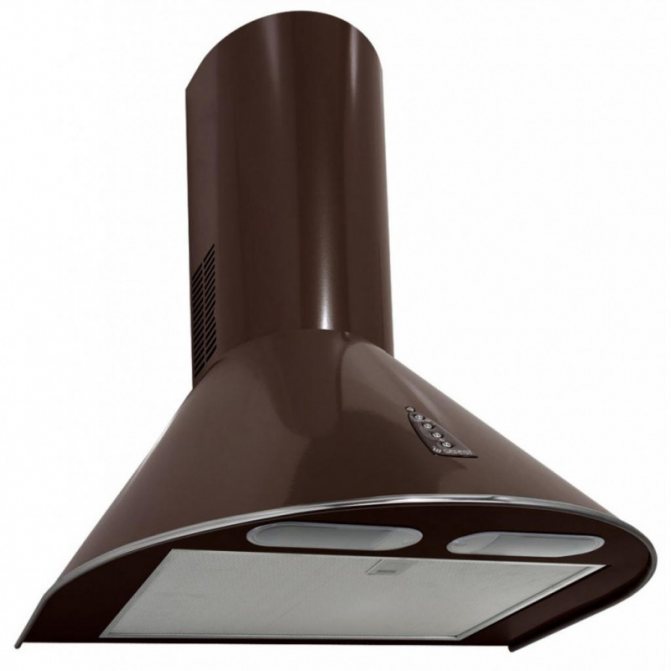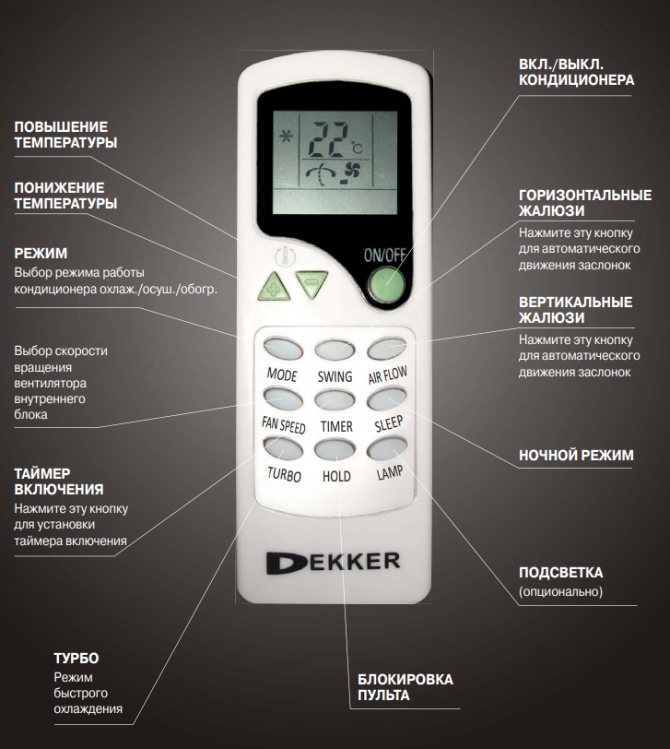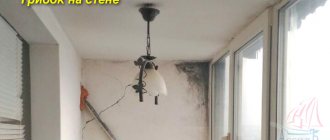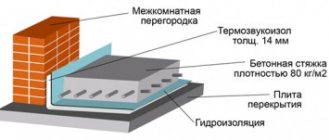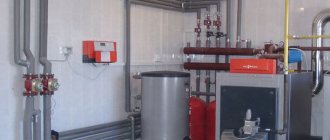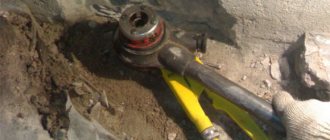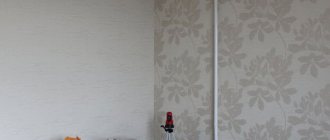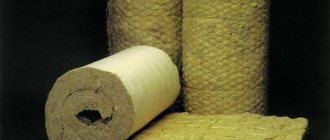A person lives comfortably in a warm house, but if the house is damp, then colonies of mushrooms settle in it, which simply begin to survive people from their native walls. Dampness and mold in an apartment and a private house is a solvable problem if you approach it comprehensively and scrupulously.
You can cope with the trouble with the help of industrial means and no less effective folk methods. But everything will be in vain if you do not understand why mold occurs and do not remove the reasons.
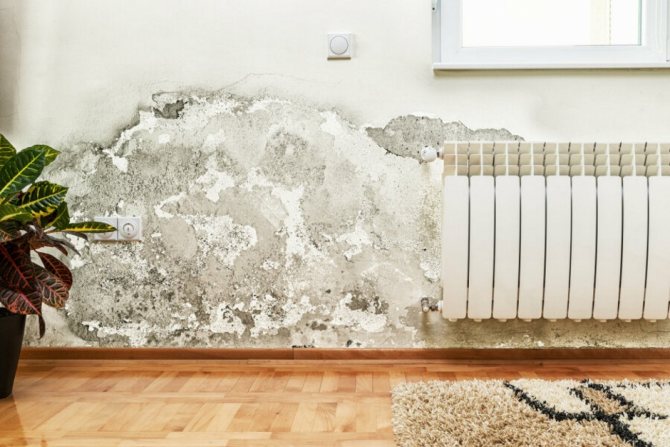
Causes of dampness
Dampness and mold in an apartment, house, office begin to appear in the autumn. The normal humidity level for a residential building is 60%. In hot summer, the figure drops to 45% and in such conditions we feel as comfortable as possible. With an increase in the level of humidity in living quarters, optimal conditions are created for the development of dampness, which means fungus, mold, which is the same thing.
High humidity occurs due to:
- poor ventilation;
- incorrectly selected kitchen hood;
- condensation on metal-plastic windows;
- damage to water pipes;
- improper installation of plumbing;
- frequent drying of linen in the house;
- repeated baths;
- excessive number of indoor plants;
- aquarium;
- cracks on the walls and non-insulated wall joints.
How to lower the humidity in the room
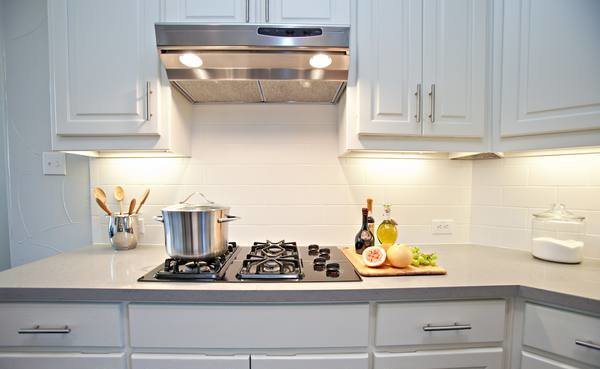

The hood in the kitchen significantly reduces the humidity in the entire apartment.
To bring high humidity back to normal, do the following:
- On sunny days, open the curtains to let light into the room. Do not place flowers that are too bulky on windowsills.
- In the hot season and in frosty winters, the air is dry outside. Therefore, you should ventilate the room as often as possible, and the humidity decreases. The ideal option would be to air it 3 times a day for 30 minutes. And at night, leave the vents ajar at least in the kitchen.
- Check ventilation. If it is faulty, it should be repaired, as it will be a good helper in the fight against dampness.
- If you have an air conditioner, you can lower the humidity with it; there is a special function for purifying and dehumidifying the air.
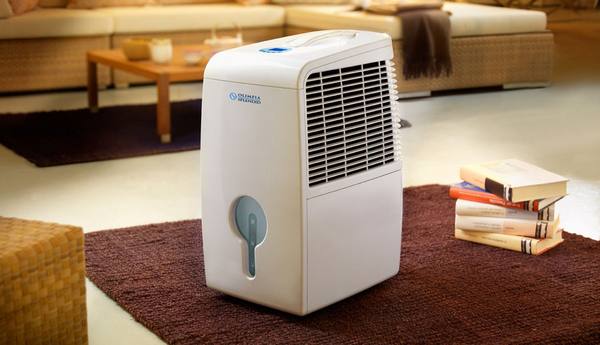

An air conditioner with a drying function or special dehumidifiers can help you fight high humidity.
- Will help to overcome dampness and household heaters. They quickly not only heat up the air, but also dry it out.
- Certain building materials contribute to the reduced humidity. This is wood and drywall. By covering the walls with them, you will adjust the hygrometer readings. And also use a waterproofing plaster. It is absolutely waterproof and can withstand water pressure up to 5 meters deep.
- Dampness will also be eliminated after the external walls are insulated. Unless the cause of this very dampness is a flooded basement.
- In the kitchen, a kitchen hood will help remove excess moisture. It should be used every time you prepare food. If there is no extractor hood, cover the pots with lids.
- A slight decrease in air humidity can be achieved with a hair dryer, candles and indoor plants.
- Dampness in the closet can be overcome by ironing the clothes with a hot iron.
Dampness and mold in the apartment - impact on health
Humidity and dampness in homes and disease are closely related. The fact is that mold tends to multiply not only in the atmosphere of the house, but also to penetrate into the human body.
Dampness can provoke in adults and especially children:
- upper respiratory tract diseases;
- pneumonia, bronchial asthma;
- pathological skin ailments;
- headaches and migraines;
- nosebleeds;
- stomach upset.
The danger of high humidity in the home for humans
There are four main reasons why you need to get rid of the humidity in the apartment as soon as possible:
- If the house is damp, then no antibacterial agents, even the most modern and effective ones, can completely destroy the bacteria. You can deal with them only if you reduce the humidity.
- Dampness is an ideal environment for mold. Her spores are dangerous to health. Allergies, respiratory and skin diseases, even oncology - mold either provokes or aggravates all these ailments.
- Many parasites thrive in humid conditions and destroy the immune system of humans and pets.
- Biological pollutants also thrive in damp climates, especially when supplemented by warmth (+ 26 ° C and above). Dust, pollen, particles of animal skin, dust mites - any allergens are activated and therefore become more dangerous.


Where does mold appear
Most often, dampness and mold in an apartment can be found on the walls, ceiling, floor, window slopes and the windows themselves. Less often, the problem occurs under floor coverings, behind wallpaper, furniture and directly in cabinets themselves, bookshelves and in household appliances - washing machines, air conditioners, microwave ovens.
In severe cases, the fungus affects clothing, shoes, toys, upholstered furniture, baby carriages. If mold is found, immediate action must be taken to prevent the growth of the fungus and remove it completely.
How to remove the smell of dampness in the house
The smell of dampness in the house signals that not everything is in order with the microclimate of the room. And the strongly pronounced smell of dampness screams that mold has started somewhere and that it is worth inspecting the housing for the detection of fungus. In order to remove the smell of dampness in an apartment or house, you must first get rid of the mold.
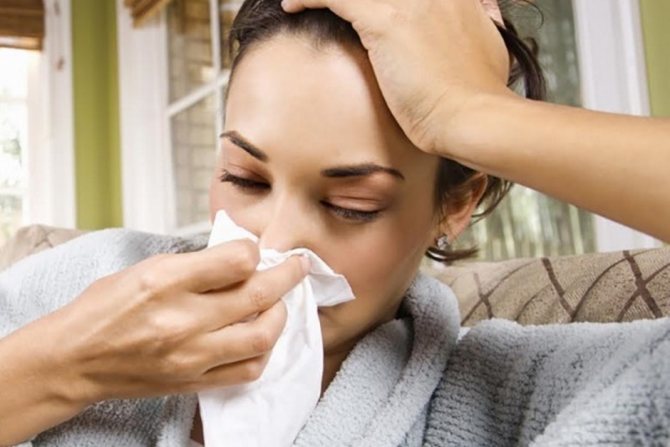

Regular airing relieves dampness, and excessive airing can provoke a cold. Take care of yourself!
Mechanical removal of the fungus only partially solves the problem. To remove the smell of dampness forever, it is necessary to normalize the humidity and provide an optimal ventilation mode:
- Ventilate the room more often. Check the ventilation ducts regularly.
- Try to normalize the indoor climate. Check walls, floor, ceiling.
- Do not create additional factors that increase humidity: do not dry linen indoors, do not leave wet washcloths and towels in the bathroom, wipe the tiles, shower stall, countertops dry.
- If the fungus is in its initial stage, then the affected areas can be wiped with hydrogen peroxide or vinegar.
- In serious cases, you will have to re-glue the wallpaper, rip off plaster, linoleum, and throw out furniture.
How to remove the smell of dampness completely? Prepare a homemade absorbent: install containers with a mixture of salt and crushed activated carbon in the house. The method is ideal for removing the smell of dampness from cabinets and drawers. Change the mixture once a week.
Air dryer: how it works
We described in detail how to dehumidify the air in an apartment without a dehumidifier, but in some cases this device is indispensable. A dehumidifier is used if the humidity in the apartment is too high, and other methods of dealing with it have not helped.


- Its work is based on the absorption of air through the evaporator. The temperature inside the machine is lower than in the room. Moisture condenses on its walls and flows into the container. In this case, the dried stream flows back into the room.
- So, this device will help to quickly dry out too humid air in the apartment. The desiccant can be portable or stationary. The latter have great performance.They are wall-mounted, which saves room space. Portable ones have smaller dimensions, therefore their power is lower. When buying, you should clarify what the power of the device is. Choose the device with the maximum power.
- You can try to assemble a dehumidifier yourself. To do this, watch the video after the article.
We have detailed how to choose a dehumidifier for your home in this article.
How to get rid of dampness on the walls
In order to kill the fungus on the walls once and for all, it is necessary to determine the reason for its appearance. After you find the affected areas, dampen them with water. This is to prevent further spread of the dispute.
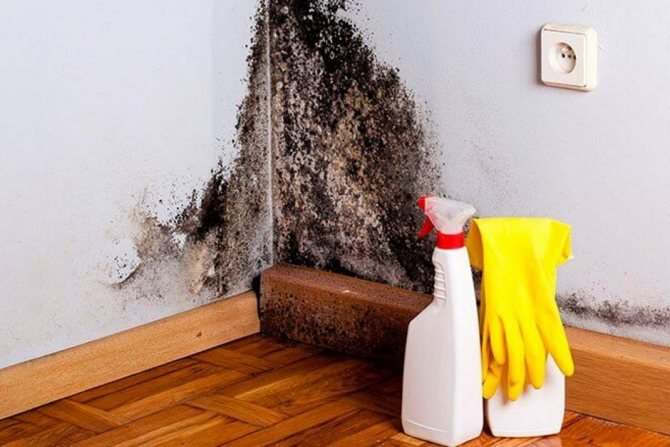

All work to remove mold must be carried out in protective gloves and a respirator
Further, special chemical and biological preparations are applied to the moldy areas, which destroy the mold. All surfaces must be processed. This is done at least 2-3 times with breaks to completely dry each layer. As a rule, they are guided by the instructions for use of the drug.
Take a metal brush, scraper, putty knife and clean the surface of the fungus. During the cleaning process, the layer of finishing material is removed and scraped out to the full depth of penetration of the fungus. Wood and stone surfaces are also processed.
If the material or a separate structural element is unsuitable, it is completely replaced. The affected fragments are burned, and the walls are dried and treated with persistent protective agents and coatings.
How to get rid of fungus in an apartment - video
Fungus on the floor and mold under linoleum, laminate
Often, unwanted moisture builds up under the linoleum. It is there that all the conditions for the development of mold are created, which is almost impossible to get rid of and you have to change the coating.
In this case, it is advisable to observe the following:
- Under no circumstances should old materials be placed on floors affected by mold.
- The fungus often spreads to the walls, therefore, the lower part of the wallpaper adjacent to the baseboards should be cut off;
- When installing a new coating, it is necessary to treat it with antifungal drugs.
High humidity: causes and consequences
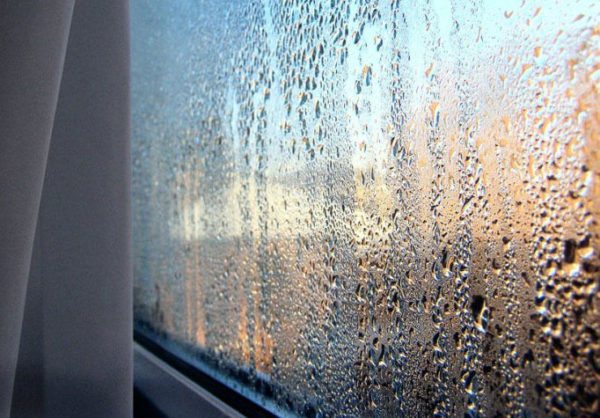

The norm of relative humidity, optimal for human well-being, is considered to be the range of 45-60 °. According to the SNiP documents, the maximum allowable humidity in the apartment is 65%, in the autumn-winter, heating period, the values are much lower, but they are also considered the norm - from 40 to 45 °.
For building materials, furniture, books, 40-50% are optimal, for indoor plants this figure is higher: it is 60 °. Humidity, which has reached a level of 70%, becomes damp, the conditions in which a dangerous aggressor may soon appear - mold, whose spores can fly into any apartment. To determine the humidity in the house, an elementary household hygrometer is purchased. Or a weather station - a device that measures both temperature and humidity.
Causes
What causes an increase in the water vapor content in the air? This anomaly can be encountered if:


- the apartment is located on the ground floor, and there is constant dampness in the basement of the house;
- it is located on the top floor of a building, the roof (roof) of which is leaking, or a defect in the drain (overhang) has appeared;
- ventilation does not work well: it does not cope due to sealed plastic windows, old ventilation shafts clogged with debris;
- mistakes were made in the design, the result was poor-quality or incorrectly arranged heat and waterproofing;
- during the renovation, finishing materials were used that did not know how to "breathe";
- the owners have many indoor plants, they have an aquarium;
- there are open seams or large cracks in the walls;
- linen is regularly washed and dried in the apartment;
- there was a flood caused by neighbors;
- the owners have taps or pipes leaking.


Another factor leading to dampness of the walls is the incorrectly selected thickness and type of insulation, its installation without preliminary heat engineering calculations. In this case, the dew point - the place of condensation formation (meeting of warm and cold air masses) - remains just between the wall and the heat-insulating material. The result is the transformation of the house into a "thermos", the accompanying dampness and the rapid appearance of mold.
There are no other reasons provoking humid uncomfortable conditions. Dampness can be caused by several of these factors at once. By eliminating one, the most serious, or several of them at once, you can quickly bring the indicators back to normal. If you do not take any action, then mold will soon become an unwanted visitor, which is not so easy to get rid of.
Effects
Sometimes the owners begin to suspect that something was wrong only when there is an unpleasant smell of dampness coming from things, curtains or furniture. However, it is not the main threat, since there are more serious consequences of oversaturation of the apartment with moisture. Among them:
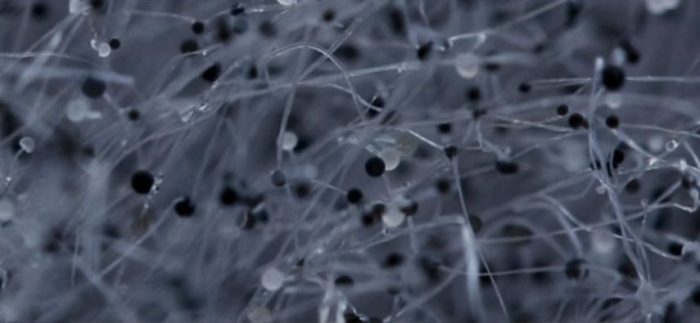

- Mildew growth is almost guaranteed. Some of its types (for example, black fungus) are very dangerous for the respiratory system. The very first sign of a dangerous neighborhood is allergic reactions, persistent colds, and a runny nose.
- Living in such conditions is the risk of a rapid decrease in immunity, the occurrence of very dangerous diseases. Long-term contact with mold spores is fraught with the appearance of the worst of them: the formation of cancer cells.
- Since excess humidity is often triggered by poor ventilation, double discomfort appears. Carbon dioxide accumulates in the air, causing a decrease in concentration, lethargy, and fatigue.
- Damage to the walls, and hence the detachment of the finishing material. Possible swelling of the parquet.
- The appearance of plaque on clothes and linen.
The greatest threat to high humidity is for children, since a growing body, due to fragile immunity, is extremely susceptible to all unfavorable conditions. Therefore, at the first suspicions associated with an unusually high level of moisture, an urgent need to take action.
Fungus under wallpaper, how to remove mold from wallpaper
If mold has formed on the wallpaper or under the wallpaper, it is necessary to clean their surface from black spots and stains using one of the solutions:
- 1-2 tbsp. spoons of whiteness, 30-50 g of washing powder, 3 liters of water;
- 100 g of laundry soap, 100 g of soda, 5 liters of water.
Using sponges and rags, we clean the walls and dry them with a household heater or hair dryer, then apply an antifungal drug, for example, furacilin or nystatin (4-6 tablets are diluted in a small amount of hot water, then another 3 liters of cool water are added).
Everything is done carefully so that the wallpaper does not get wet or tear. Most often, this makes it possible to remove the fungus for a while, but then the problem will arise again. The method is suitable if there is no opportunity and time to immediately deal with the causes of dampness and mold in the apartment. In severe cases, undoubtedly, you will have to remove the damaged wallpaper and even strip off the plaster.
Mold on plastic windows
Visible traces of the fungus can be removed with improvised means: bleach, ammonia and ordinary detergents. In this way, you will not kill the mold, but only "spoil its life" a little. The fight against mold should take place in several stages, the only way you can be sure that you have defeated it completely and irrevocably.
- First step: we clean the surface. Slopes are usually the source of the problem. If the side surfaces of your window opening are decorated with plastic panels and characteristic spots appear on them, then there will be fungus under the plastic too.
- The second stage: we process the slopes with antifungal compounds.
- The third stage: we consolidate the result. Do not stop there.In order for mold to no longer appear on plastic windows, it is necessary to use waterproofing agents.
How to get rid of condensation on PVC windows - video
Black fungus in the bathroom
If mold appears in the bathroom, it is also impossible to do without surface treatment with antifungal compounds. In severe cases, it will have to be removed along with plaster, tiles, and the affected areas must be cleaned from sealant and paint. After the completion of the work, it is necessary to make sure that the pipes and mixers are not leaking, and to eliminate the breakdowns. The joints of plastic parts can be treated with a sealant.
Sometimes it is impossible to identify the source of the fungus, but it can be hidden on the back wall of the toilet cistern, under the bathtub or in the sealing rubber of the washing machine. All efforts will be in vain if later the bathroom is poorly ventilated again or the neighbors constantly flood it.
What to do if mold has formed in the bathroom - video
Causes of dampness in a private house
What exactly became the source of the appearance of mold in our home, we did not speculate. Because all possible factors fit our situation perfectly. Among the reasons that contribute to the appearance of dampness, the following can be distinguished:
- Roof. If there are cracks in the roof and the slightest open gaps, any type of precipitation will gradually penetrate into the interior of the dwelling. At first, there are no signs of leakage on the ceiling, but over time, moisture accumulates, causing the development and spread of the fungus.
- Foundation. The lack of ebb tide was the impetus for the beginning of the destruction of the base of the house. In addition to everything, water pipes passed under the floor, which leaked, and thus the foundation was washed out, and damp accumulated under the floor covering.
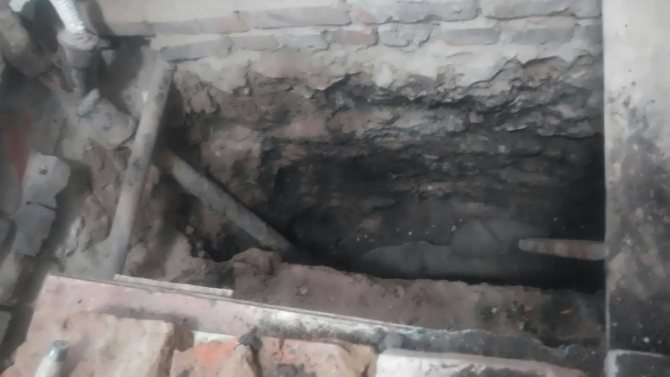

- Walls. They can be partially destroyed and covered with cracks. In our case, mold formed on them due to the absence of a hood in the bathroom and in the hallway.
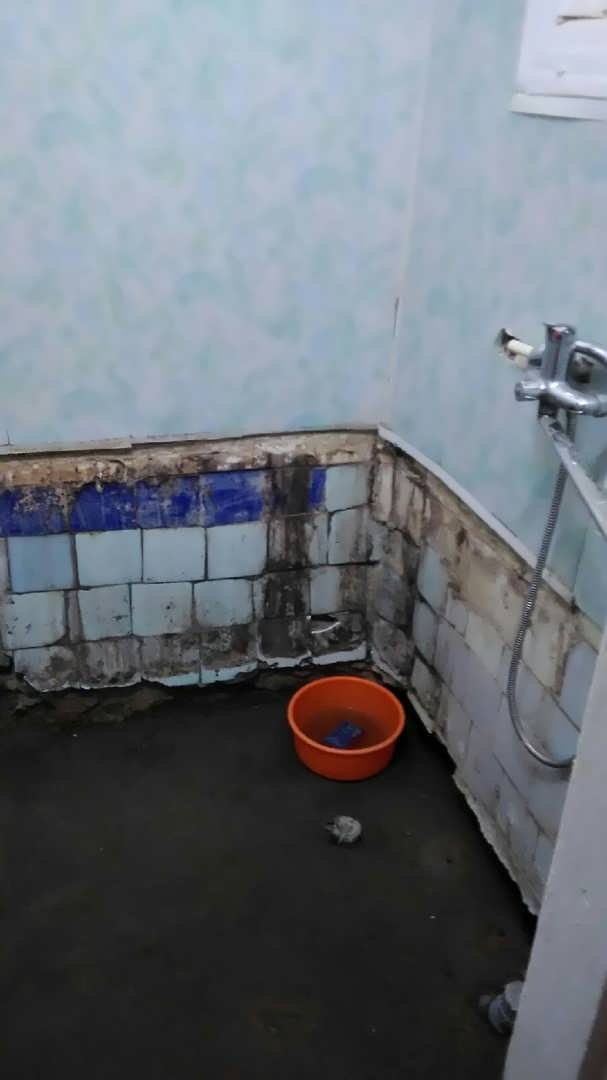

- Wall covering. If the room is lined with plastic or other similar material, then it cannot "breathe", which leads to the accumulation of moisture and the formation of mold.
- Underground. In the absence of supply and exhaust ventilation, dampness accumulates in a short time. In this case, the smell, along with the fungus, spreads throughout the home.
- Groundwater. With their close occurrence, it is necessary to have high-quality waterproofing, made both inside and outside the house.
Home remedies for fungus and indoor dampness
There are many industrial compositions for combating fungus and how to choose them, how to use, check with specialists. We offer inexpensive, but quite effective home-made tools made from scrap materials:
- Bleach will eliminate almost all types of fungi and spores. It must be remembered that under its influence, some things can deteriorate. For surface treatment, use a mixture of 10 parts water and 1 part bleaching agent.
- Hydrogen peroxide 3% solution, which is applied to moldy surfaces by spraying, and after 10 minutes of exposure, all covered areas are thoroughly cleaned by mechanical means.
- Vinegar and baking soda: The affected area is first covered with a layer of dry baking soda and then covered with vinegar. At the end of the chemical reaction, all flaws can be easily removed or washed off with water.
- A mixture of water and laundry soap can also act as a natural antiseptic and can be used to combat mold.
- Tea tree oil, like soap solution, is used for minor problems. The method consists in applying a mixture of oil and water in a ratio of 1:50 with a spray bottle and leaving to dry naturally.
How to prevent dampness and mold in an apartment
- Monitor the humidity level in the room with a hydrometer.
- Provide adequate ventilation and sufficient sunlight.
- Use fans in the bathroom, toilet and kitchen, regularly check the draft in the ventilation shafts, monitor the condition of the plumbing units, especially at their joints.
- Repair cracks in walls and floors.
- When carrying out major renovations, use mineral-based materials to better regulate indoor humidity levels.
- Take care of high-quality waterproofing.
- Regularly inspect the plastic seals on PVC windows, check their suitability, carry out timely replacement.
- At the first appearance of condensation, promptly eliminate the cause of its formation.
Regular preventive measures will minimize the risk of dampness and mold reoccurring in your apartment or house. Your home is your fortress, take care of it and be healthy!
How to reduce humidity in your home
Having identified a significant excess of the humidity level, everything possible should be done to normalize it, because the health of all households depends on it.
Ventilation of the room
This method of air drying is the simplest, most affordable and quite effective. Airing, of course, is desirable in dry and windy weather, otherwise there will not be much sense. It is especially important to carry out this procedure after cooking, taking a bath or shower, washing, general wet cleaning.
Interestingly, even a fan is quite capable of drying the air in a room if there is no way to ventilate.
Heaters and dehumidifiers
If the dampness in the room exceeds all possible limits, you will have to think about purchasing dehumidifiers. These devices can be used both in residential and industrial premises. For home use, of course, you need a household dehumidifier that is compact and quiet. You can turn on the device as needed.


Household dehumidifiers will not only reduce its humidity, but also get rid of harmful particles
In winter and in the off-season, heating devices become a real salvation from dampness. The heat emitted by them significantly dries the air, however, for the same reason, you may later have to deal with its dryness. Therefore, in order not to dry the room, try not to overheat it by using additional heaters in the presence of centralized heating.
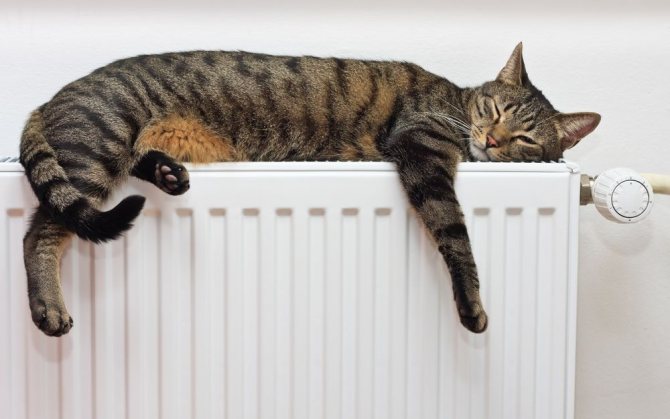

During the heating season, the heating batteries dry out, and can even dry out the air
The use of modern finishing materials
If you want to protect your premises from damp on a global scale, get ready for a major overhaul. Non-natural materials contribute to moisture build-up in a room, so try to avoid plastic and other moisture-trapping finishes. For "drainage" repairs you should:
- Remove the remnants of all previous finishing materials.
- Find a source of increased dampness, if it is in the home, and try to eliminate it.
- Thoroughly dry the room and, most importantly, the walls; it is best to use a heat gun for this.
- Thoroughly seal all places that provoke high humidity, usually wall joints and floor seams. For this, the gaps are filled with cement mortar and treated with hydro- and bioprotective agents, most often based on silicone.
- Treat the surface of all walls with a water-repellent primer or biosecurity, or even better - both.
- Finish the prepared room with moisture-resistant plasterboard, which has a green tint inherent only to it. The thickness of the sheets of such material is usually 10–12 mm.

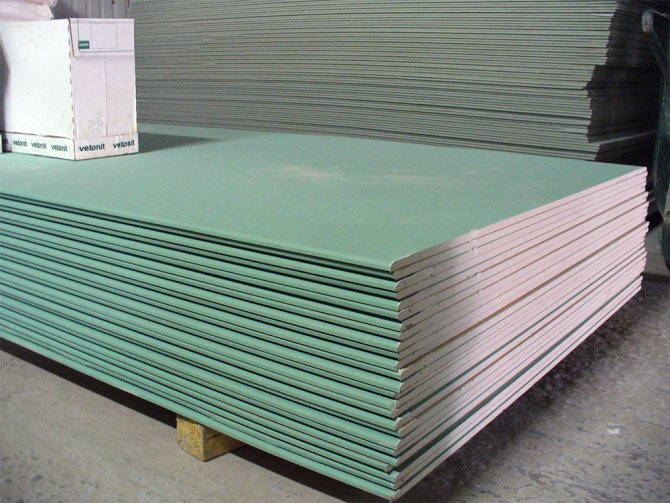
Moisture-resistant drywall is highlighted in green - To decorate a dwelling with a high level of humidity, choose non-woven wallpaper with vinyl spraying. This coating resists moisture well, and some varieties can even be wiped clean with a damp cloth. And you can also use compact vinyl wallpaper.

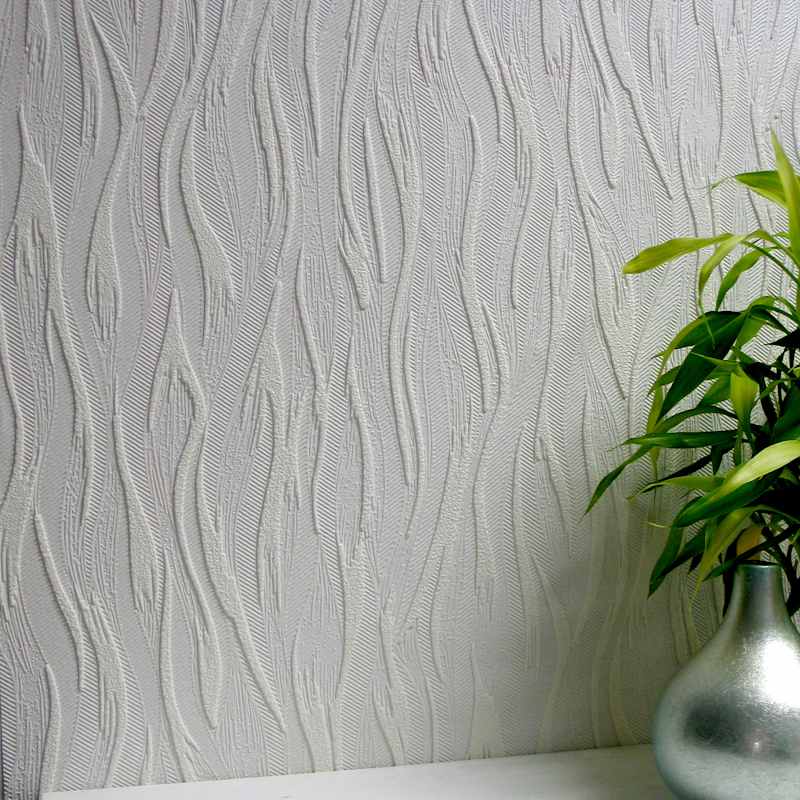
Compact vinyl wallpaper is suitable for finishing dwellings with a high level of humidity
Acrylic paint and putty are an excellent duo for treating walls in rooms with high humidity. Acrylic itself is a water-resistant material, and in the form of paint mixed with putty, it creates a reliable water-repellent film. Another best option for decorating wet rooms is ceramic tiles. True, due to its high cost, it is mainly used in the kitchen or in the bathroom. Although, if the required funds are available, it is quite possible to decorate living rooms with tiles, only tiles need to be chosen in larger sizes than in the above premises.
Damp tablets
Special absorbent tablets (Ceresit "Stop Moisture", Henkel "Stop Moisture") are used together with a desiccant - a container into which the saline solution formed from the absorbed moisture flows down. Such a device is capable of absorbing about 0.4 liters of water per month. In this case, the area of the room should not exceed 20 sq. m. One tablet is enough for two to three months of use.
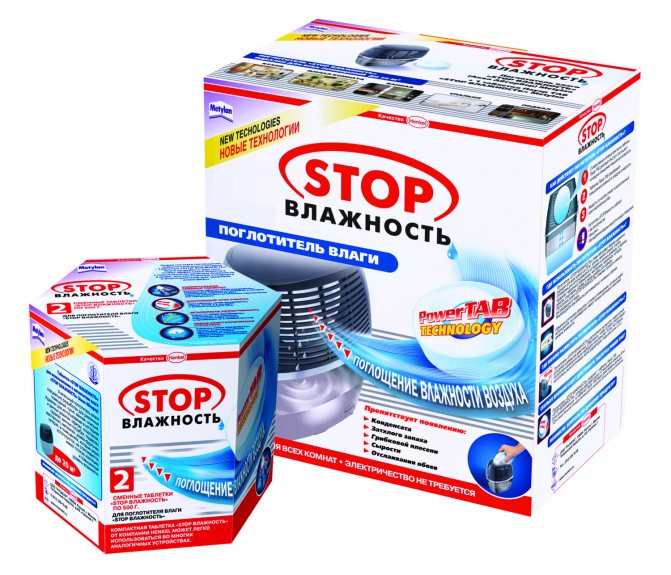

Henkel Stop Humidity tablets absorb excess moisture in the room
Folk remedies
If the dampness is insignificant or you do not have a lot of money, you can try to dry the room with folk remedies.
Absorbent Products
Salt, sugar, rice and coffee beans absorb moisture well from food products. Naturally, they do not need to be put in bags in the middle of the rooms. It is enough to pour it into some small containers and place it in inconspicuous places - under the sofa, on cabinets, etc. True, sugar can attract unwanted neighbors to your home - cockroaches, ants, etc. But with the help of coffee beans, you can make a beautiful decorative composition in a glass thicket, adding other bright components there.


Coffee beans not only absorb excess moisture, but also provide unlimited scope for creativity.
Silica gel
Silica gel is a substance, bags with which we find in many industrial products (new shoes, bags, wallets), perfectly absorb moisture. However, to drain the premises found in purchases will not be enough. You can buy silica gel at a pet store, where they usually buy it for cat litter. Be careful: small children, who like to pull everything into their mouths, should not have access to the silica gel balls. It is best to use it not in bulk, but pour it into an air-permeable bag (made of fabric or non-woven material).
Indoor flowers
If you want to combine business with pleasure, you can have indoor flowers that absorb excess moisture from the air. These include:
- geranium;

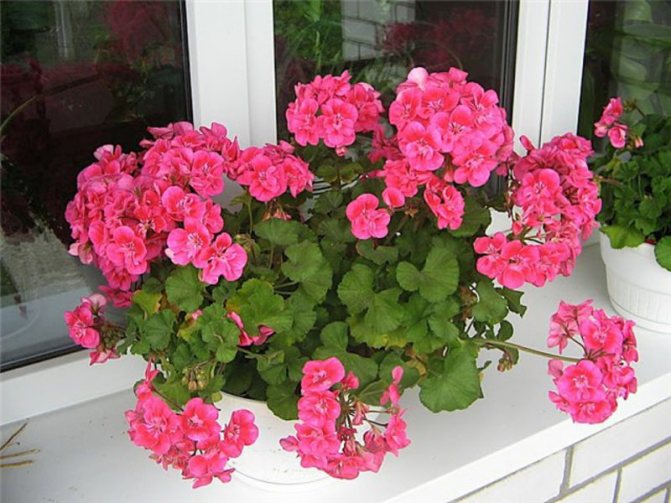
Geranium absorbs excess moisture and vapors well, thus refreshing the room. - spathiphyllum;
- fern;
- myrtle;
- lemon;
- a coffee tree;
- laurel noble;
- syngony.
Important! This method is controversial, because the flowers themselves, which need to be watered and which evaporate moisture, can become a source of dampness and mold in the room, especially if there are a lot of them.
Calcium chloride, charcoal and quicklime
The listed substances can be used to reduce the humidity of non-residential premises. They are poured into containers that are placed in the corners of a damp building. The safest option for a home is coal. However, care must be taken that it is not a source of coal dust: this is dangerous to the health of households. Choose large pieces of coal and do not place coal in “walk-through” areas. Basements, garages and other non-residential premises are usually dried with lime. Calcium chloride should be oven dried and crushed before use.


